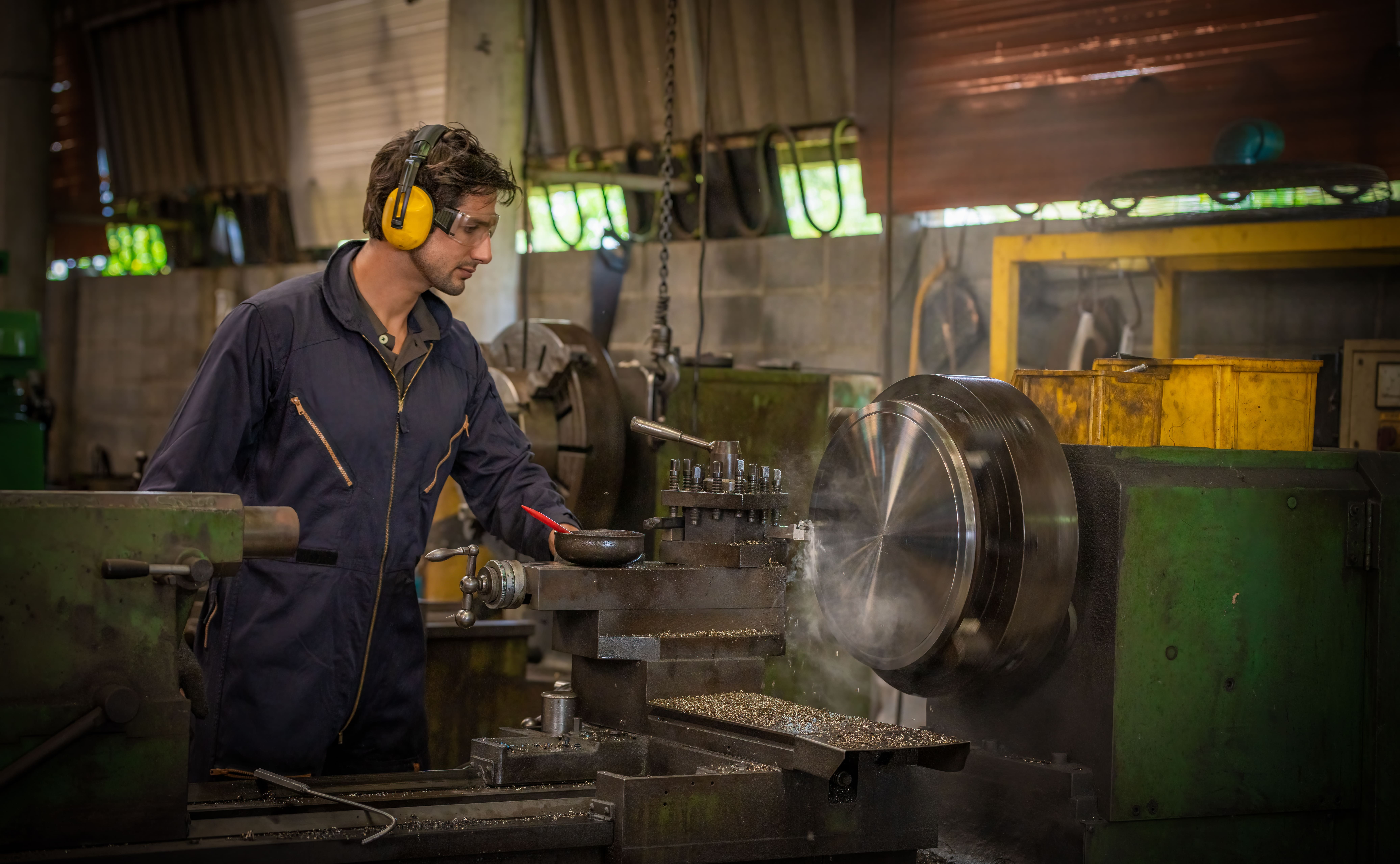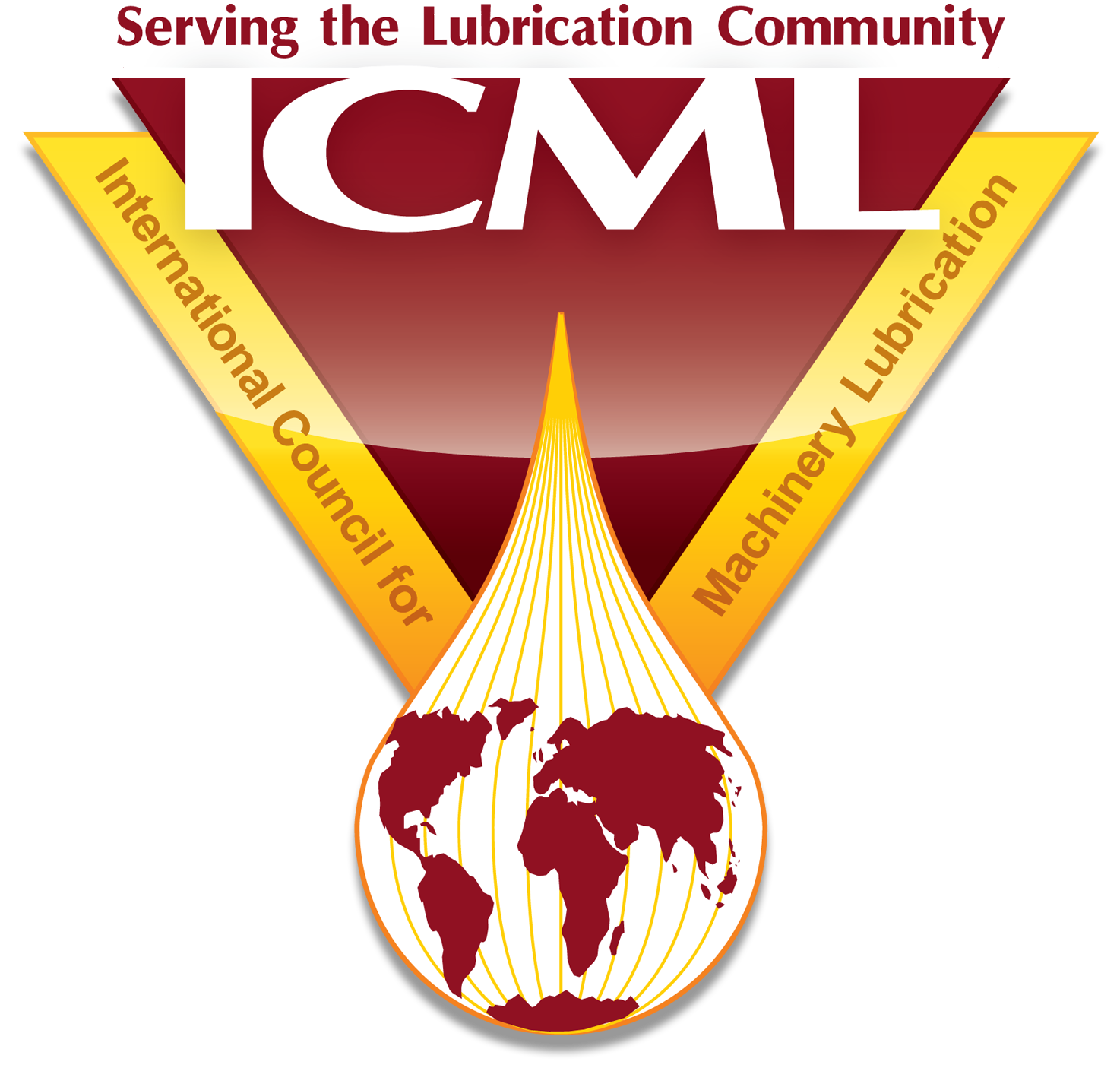
ICML-MLA | Level I Machine Lubricant Analyst (ISO 18436-4, I) Training Course
Session Details
USD 5,000.00
excl. VATOverview
The Certified Machine Lubrication Analyst Level I (MLA-I) course is a comprehensive five-day program designed to build foundational knowledge and skills for professionals responsible for lubrication and oil analysis in industrial settings. This training provides an in-depth understanding of lubrication fundamentals, lubricant selection and application, storage and management, oil sampling, and condition monitoring.
Through a blend of theory, real-world examples, and best practices, participants will learn how to implement effective lubrication strategies that minimize machine wear, prevent premature failures, and optimize maintenance costs.
The course is based on the ISO 18436-4 Category I standard and prepares participants for the ICML MLA-I certification exam.

The International Council for Machinery Lubrication (ICML) is a vendor-neutral, not-for-profit organization founded to serve global industry as the world-class authority on machinery lubrication that advances the optimization of asset reliability, utilization and costs.
Course Objectives
Upon successful completion of the program, participants will be able to:
Explain the role of lubrication in asset reliability and failure prevention.
Recognize the financial impact of poor lubrication practices on equipment life and company performance.
Describe key tribology principles and lubrication regimes.
Identify the functions, types, and properties of lubricants, including oils and greases.
Choose lubricants based on viscosity, base oil, and additive requirements.
Match lubricants to specific machine types and operating environments.
Calculate lubricant volume, re-lubrication, and change frequencies.
Apply effective manual and automated lubrication delivery systems.
Establish contamination-free storage and handling procedures.
Maintain proper inventory, labeling, and safety practices.
Utilize filtration and separation technologies for contamination control.
Interpret filter ratings and design effective filtration systems.
Develop oil sampling plans and select correct sampling methods.
Ensure representative samples by following best practices in bottle cleanliness and flushing techniques.
Identify lubricant degradation mechanisms and their effects.
Understand and apply common laboratory test methods (e.g., viscosity, acid number, FTIR).
Recognize key wear mechanisms and their relationship to lubrication performance.
Who Should Attend
This course is ideal for professionals involved in machinery lubrication, maintenance, and reliability, including:
Lubrication Technicians
Maintenance Technicians and Supervisors
Reliability Engineers
Predictive Maintenance Specialists
Condition Monitoring Technicians
Plant Engineers and Maintenance Managers
Anyone responsible for managing or auditing lubrication programs
Course Methodology
BK Management Team believe that learning is not only about acquiring technical skills, it is also about learning behaviors & Competencies that are desirable for work in plant operation & maintenance critical dimensions. Our holistic teaching develops our delegates' personal effectiveness to function both as an individual and as a team player. The course delivery & modes of instruction will incorporate theory, practical skills and Q&A sessions. To enhance learning outcomes, theory sessions will comprise classroom-based lecture that will intersperse with interactive discussions, scenario-based, case-study, group exercises, video clips, power point slides, learners' Guide and the application of various tools which will be provided to help in the delegates and participants of the learning’s objectives. With successful implementation of the learnt skills, they are bound to enhance Individual & Organizational growth. For online / Interactive Virtual sessions, Delegate should have a stable & good Internet connection on his laptop.
Course Outline
The role of lubrication in reliability-centered maintenance
Common causes of machine failure
Impact of poor lubrication on asset life and profitability
Creating and optimizing lubrication routes
Integration of oil analysis and condition monitoring
Equipment tagging and traceability systems
Tribology principles: friction, wear, and lubrication
Lubrication regimes: hydrodynamic, elasto-hydrodynamic, and mixed-film
Lubricant functions and classifications
Base oils and additive systems
Grease fundamentals: composition, thickener types, compatibility, and performance
Selecting viscosity grades and base oil types
Additive selection criteria
Lubricant recommendations for key equipment:
Hydraulic systems
Bearings (rolling/journal)
Engines and gearboxes
Adjusting for operating and environmental conditions
Lubricant volume and frequency calculations
Oil vs. grease selection criteria
Manual and automatic lubrication systems
Maintenance and troubleshooting of automatic systems
Case studies on application optimization
Best practices in receiving, labeling, and storing lubricants
Preventing cross-contamination and degradation
Safe handling of grease guns and lubrication devices
Inventory control and health/safety procedures
Filtration principles and contamination control
Filter ratings, design, and selection
Filtration system optimization
Establishing objectives for oil analysis
Sampling location, frequency, and technique
Avoiding sampling errors: cleanliness, flushing, and conditions
Sample bottle handling and documentation
Mechanisms of lubricant degradation: oxidation, thermal, and additive depletion
Identifying mixed or incorrect lubricants
Laboratory testing and interpretation:
Viscosity, Acid/Base Number, FTIR, RPVOT, AES
Practical applications of oil condition analysis
Fundamentals of wear mechanisms
Correlating wear patterns with lubrication conditions
Introduction to particle analysis methods
Session Details
USD 5,000.00
excl. VATDo you have any questions ?
Jubail Industrial City, Saudi Arabia
373 road 112, First Industrial Area, Unit No.: 1 Al Jubail 35717 - 7043 KSA
Explore
About
© 2025 BK Consultancy & Training
All rights reserved.